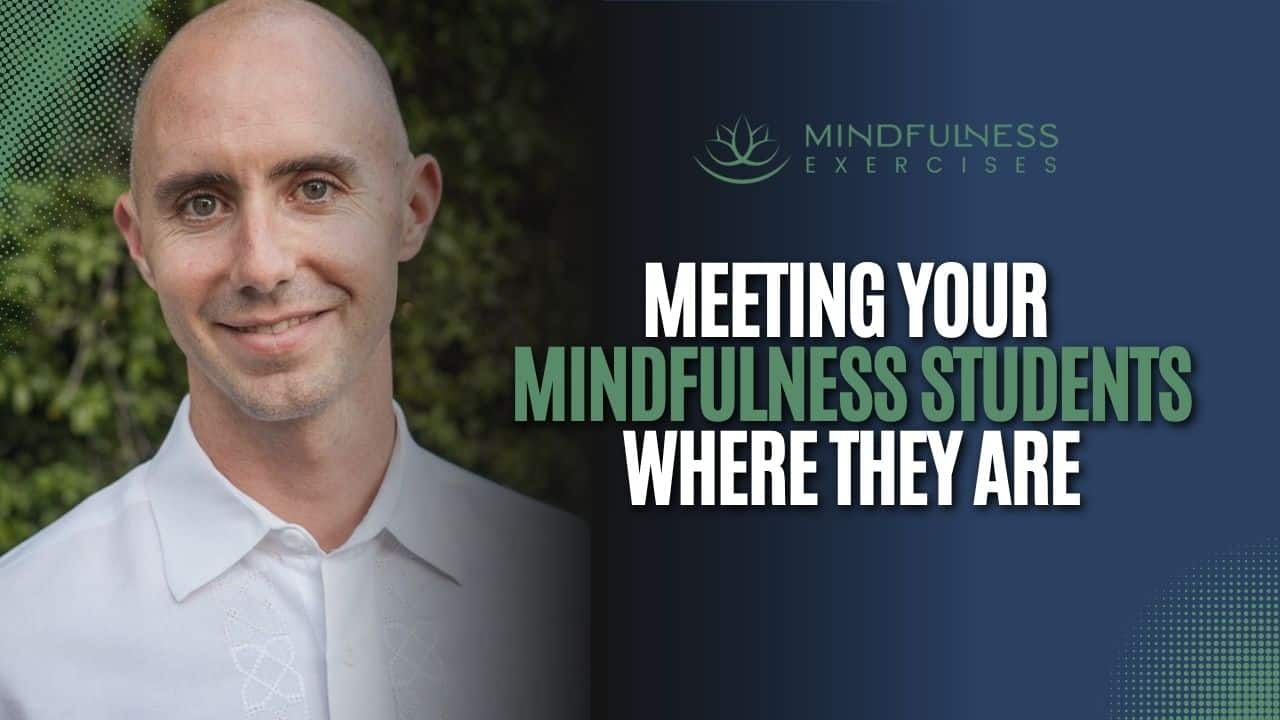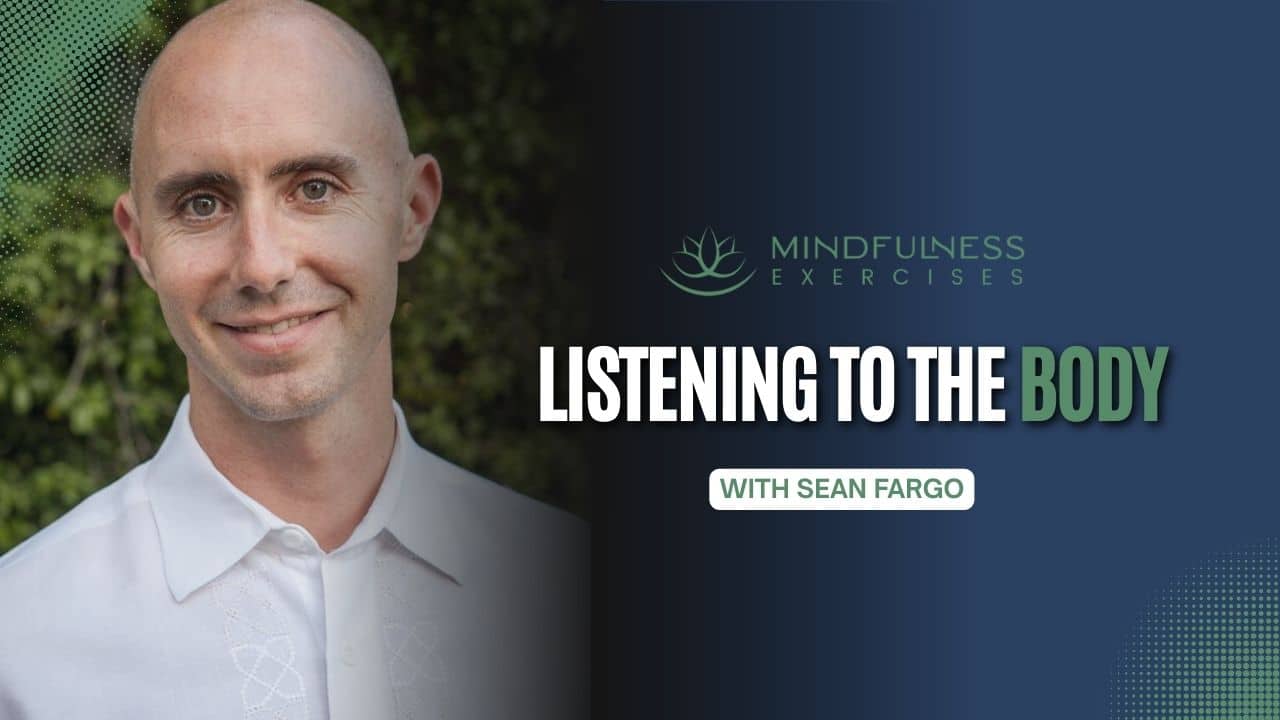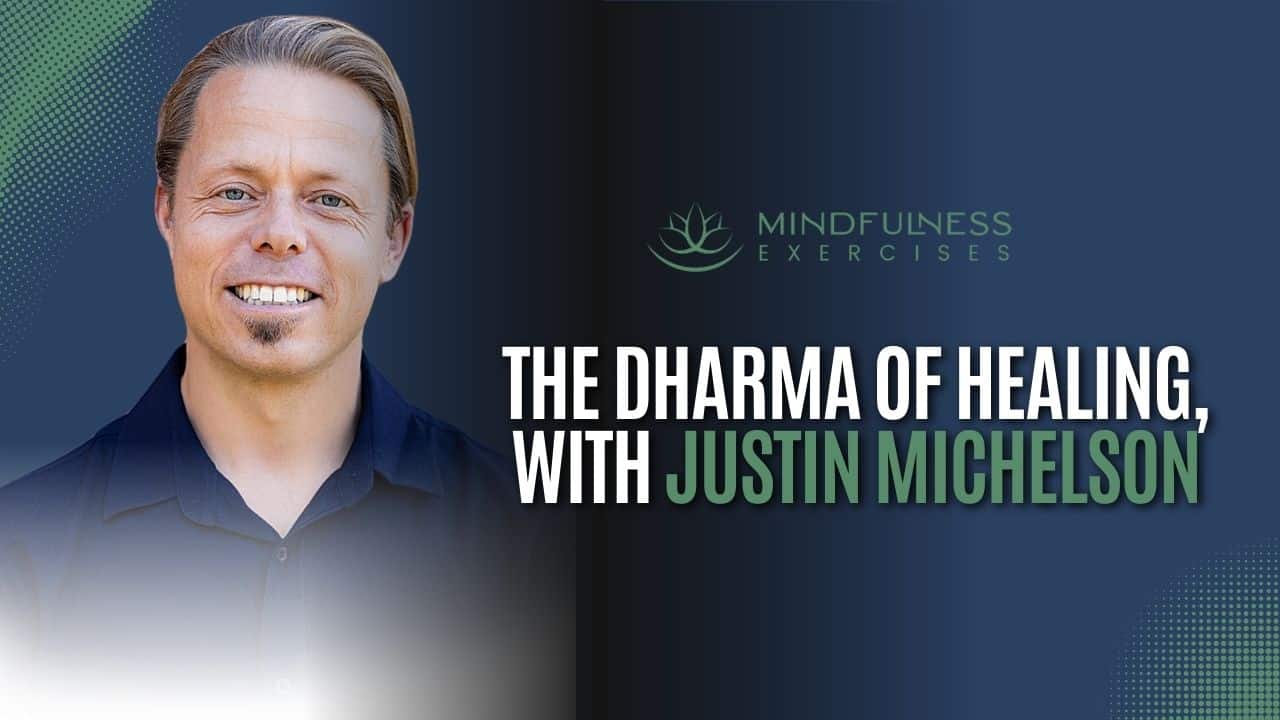Listen now

In this thoughtful and practical episode, Sean Fargo explores how mindfulness teachers can better meet their students exactly where they are—emotionally, mentally, and spiritually. With deep experience training teachers around the world, Sean offers compassionate strategies for recognizing a student’s unique needs, growth stages, and potential challenges, including trauma, emotional resistance, and shame.
This episode invites teachers to lead not from assumption or authority, but from curiosity, humility, and attuned listening. Whether you guide individuals or groups, you'll find empowering ways to support mindful growth without overstepping, rushing, or misjudging.
Sponsored by our Mindfulness Meditation Teacher Certification Program
MindfulnessExercises.com/Certify
What You’ll Learn in This Episode:
Show Notes:
Why your own personal practice is key to understanding your students
Sean reminds us that the depth of our own mindfulness practice directly impacts our ability to guide others. As we sit with ourselves—especially during extended sessions or retreats—we encounter our own emotional layers. This embodied experience gives us the insight and empathy to better recognize and support similar patterns in our students.
How to stay open and curious, even when you think you know what's happening
Teachers often make the mistake of assuming they understand what a student is going through. Sean encourages a mindset of humility—holding space for the unknown and resisting the urge to label, diagnose, or “fix.” He suggests keeping a small window of curiosity open, even if you're 99% certain about something, as a way to deepen trust and relational safety.
Simple frameworks to assess and respond to students' needs
From “head, heart, and body” to “safety, connection, and contentment,” Sean introduces accessible frameworks that help teachers get a sense of where a student may be in their journey. These models are not for labeling, but for tuning in to whether a student needs grounding in the body, emotional support, or space to explore cognitive insight.
Why trauma sensitivity is essential in mindfulness teaching
Many people come to mindfulness with unrecognized trauma. Sean explains how certain practices—like stillness or silence—can be activating for some. Rather than forcing a one-size-fits-all model, he encourages teachers to explore alternatives like walking meditation or somatic movement, and to ask gentle, open-ended questions that invite self-discovery.
How to listen for emotional patterns through language
Words matter. Sean describes how emotionally intelligent listening can reveal deeper emotional states. Repeated words like “should,” or generalizations like “everything’s fine” might hint at internalized shame, resistance, or a strong inner critic. Rather than interpreting or correcting, teachers can gently invite students to explore what might lie beneath the surface.
How to work collaboratively with students rather than leading from above
Rather than assuming the role of expert, Sean recommends taking a more collaborative, inquiry-based approach: “Let’s explore this together.” This not only empowers students but reduces disconnection and encourages honest exploration. The teacher becomes a companion on the path, rather than a director.



